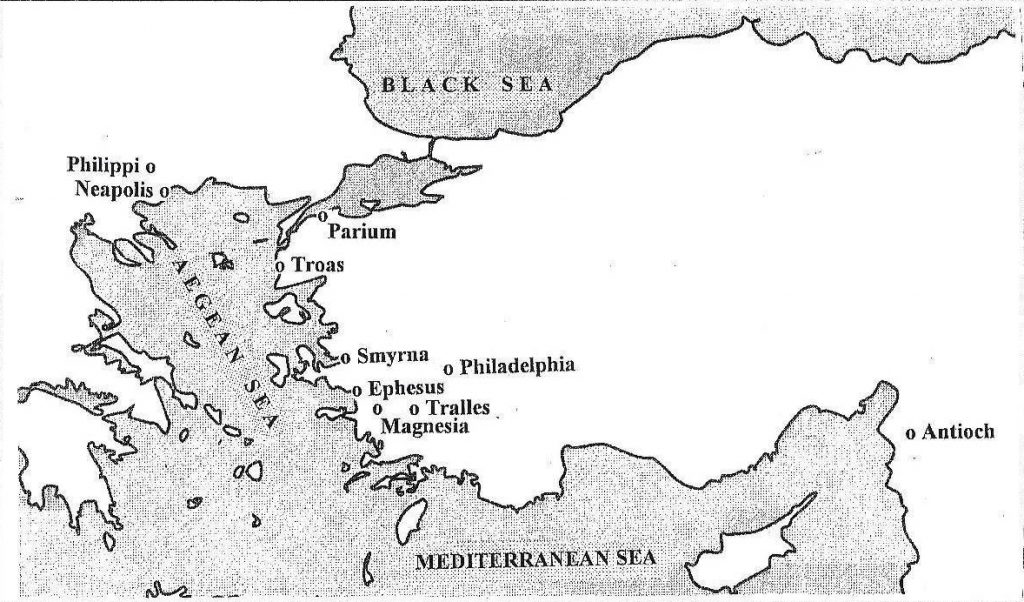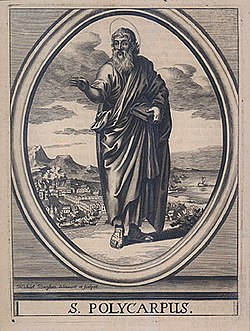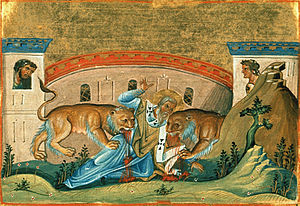6th post in the series by Roger Parvus. The complete series is archived here.
TDOP = The Death of Peregrinus by Lucian. Harmon’s translation here.
II. THE AUTHOR OF THE LETTERS WAS AN APELLEAN CHRISTIAN
In my previous posts I have presented my case for identifying Peregrinus as the real author of the so-called Ignatian letters. That case—if I may say so myself—is a strong one. And going forward, when I speak of the author of those letters it should be understood that I am referring to Peregrinus. I want to now continue on to the second part of my theory and identify, from other passages in the letters, the branch of Christianity that was his. To determine that, it is indeed the letters and not TDOP that must be examined, for Lucian simply calls Peregrinus a Christian. If he is aware that there were different types of Christians he doesn’t show it. He does not devote much of his treatise to what Christians believe, and the only Christian beliefs he mentions are ones that would apply to many of the various types:
“They still worship the man who was crucified in Palestine because he introduced this new cult into the world… The poor wretches have convinced themselves, first and foremost, that they are going to be immortal and live for all time, in consequence of which they despise death and even willingly give themselves into custody; most of them. Furthermore, their first lawgiver persuaded them that they are all brothers of one another after they have transgressed once for all by denying the Greek gods and by worshipping that crucified sophist himself and living under his laws. Therefore they despise all things indiscriminately and consider them common property, receiving such doctrines traditionally without any definite evidence” (TDOP 11 & 13, Harmon).
In contrast to TDOP, the seven letters provide information about their author’s beliefs that is more detailed. And the letters show that he and his confreres subscribed to many beliefs that were not held by proto-Catholic Christians, at least not in the combination that is found in the letters. I think the distinctive combination of those beliefs can reveal to which brand of Christianity Peregrinus adhered. The original letters, assuming I am correct in my identification of Peregrinus as their author, were written sometime between 130 and 150 CE, for based on the information provided by TDOP the arrest of Peregrinus almost certainly fell within that period. I will argue that the unique assortment of beliefs expressed in the letters can in fact be closely matched with the known beliefs of one particular Christian church that existed in that same time period. In this post I will make a start by looking at some of the peculiar beliefs found in the letter collection. Continue reading “[6] THE LETTERS SUPPOSEDLY WRITTEN BY IGNATIUS OF ANTIOCH: 6th post in the series”


 3rd post in the series by Roger Parvus. The complete series is archived
3rd post in the series by Roger Parvus. The complete series is archived 

